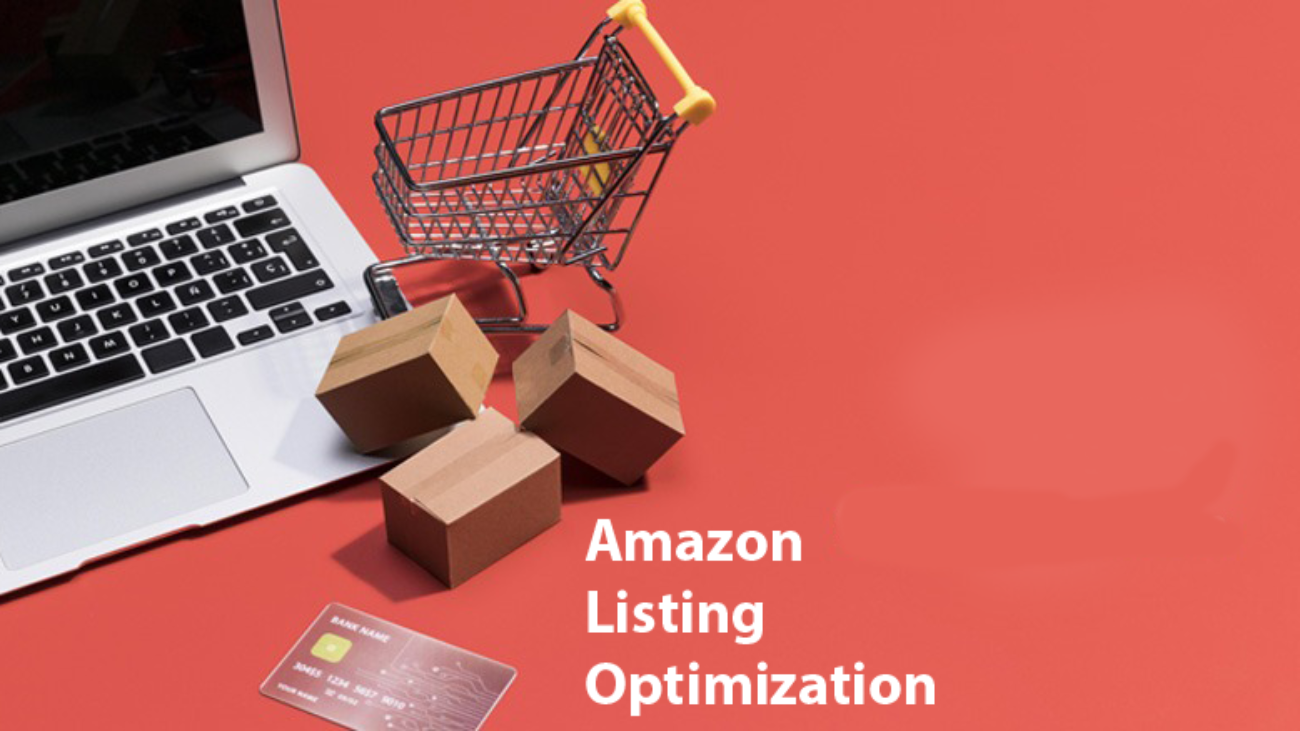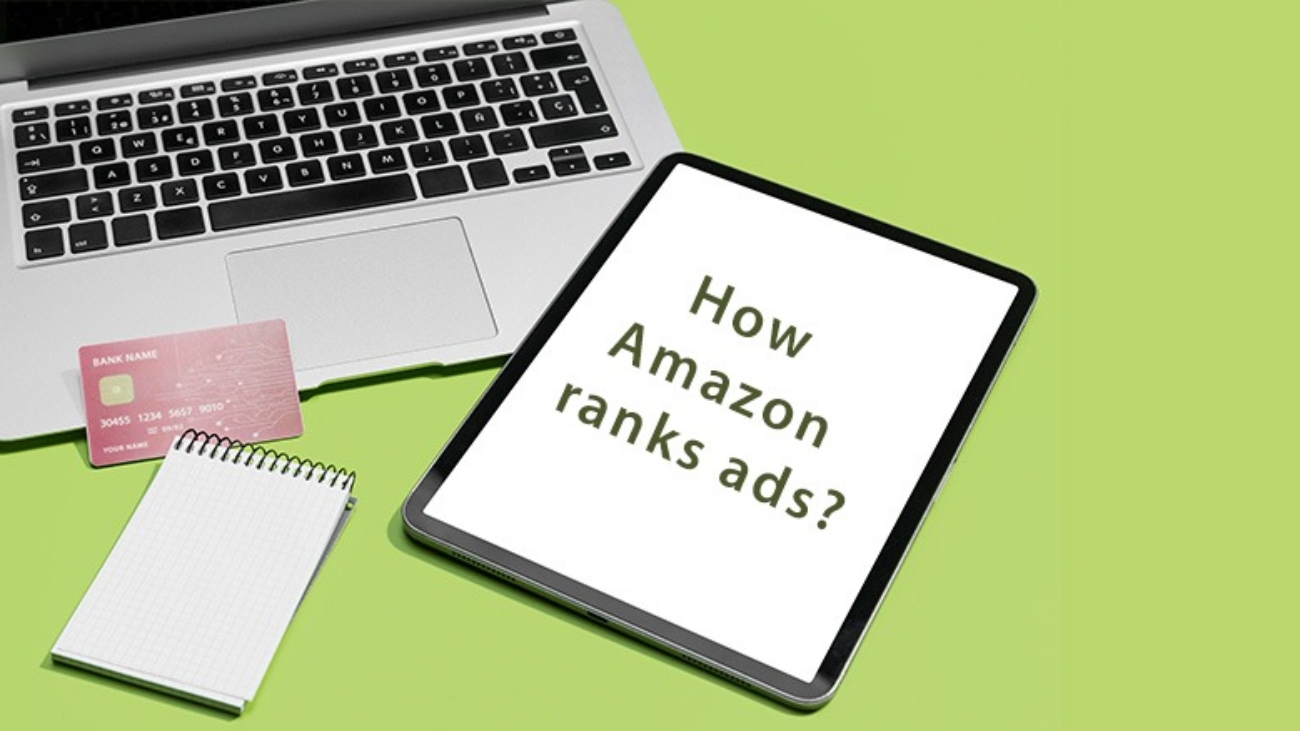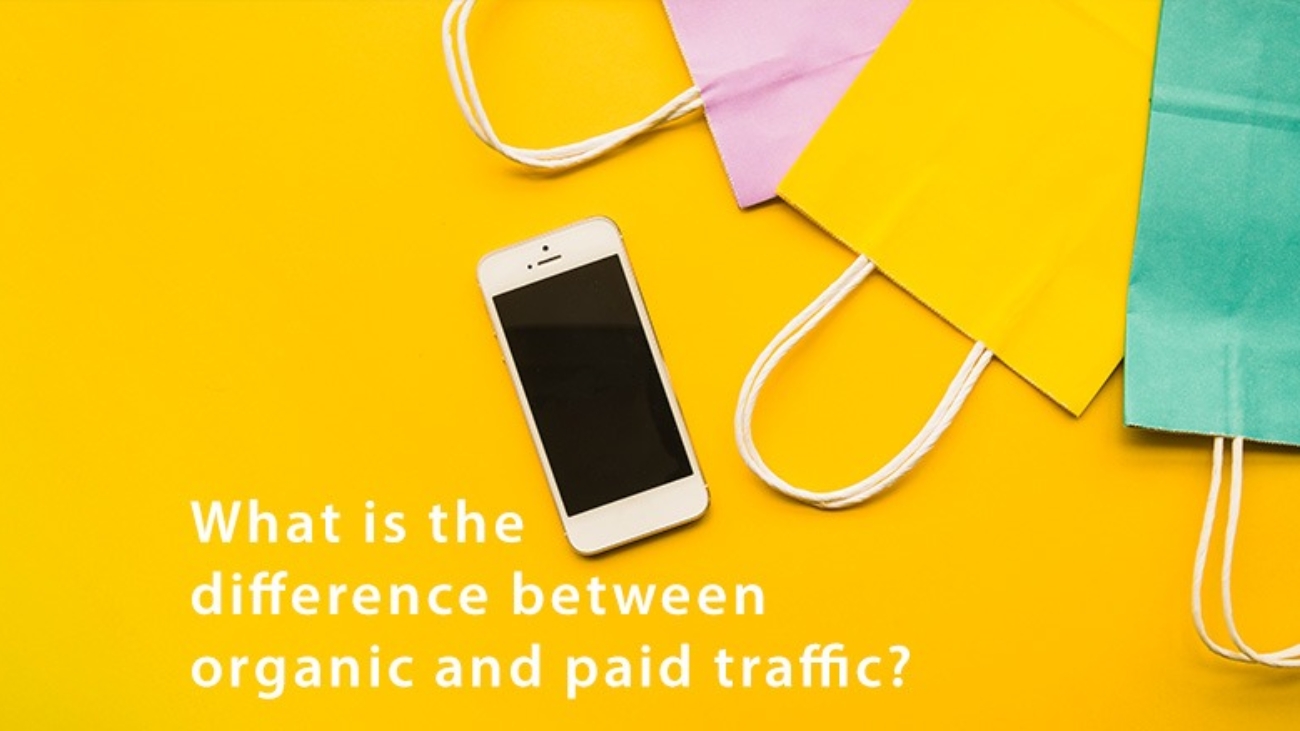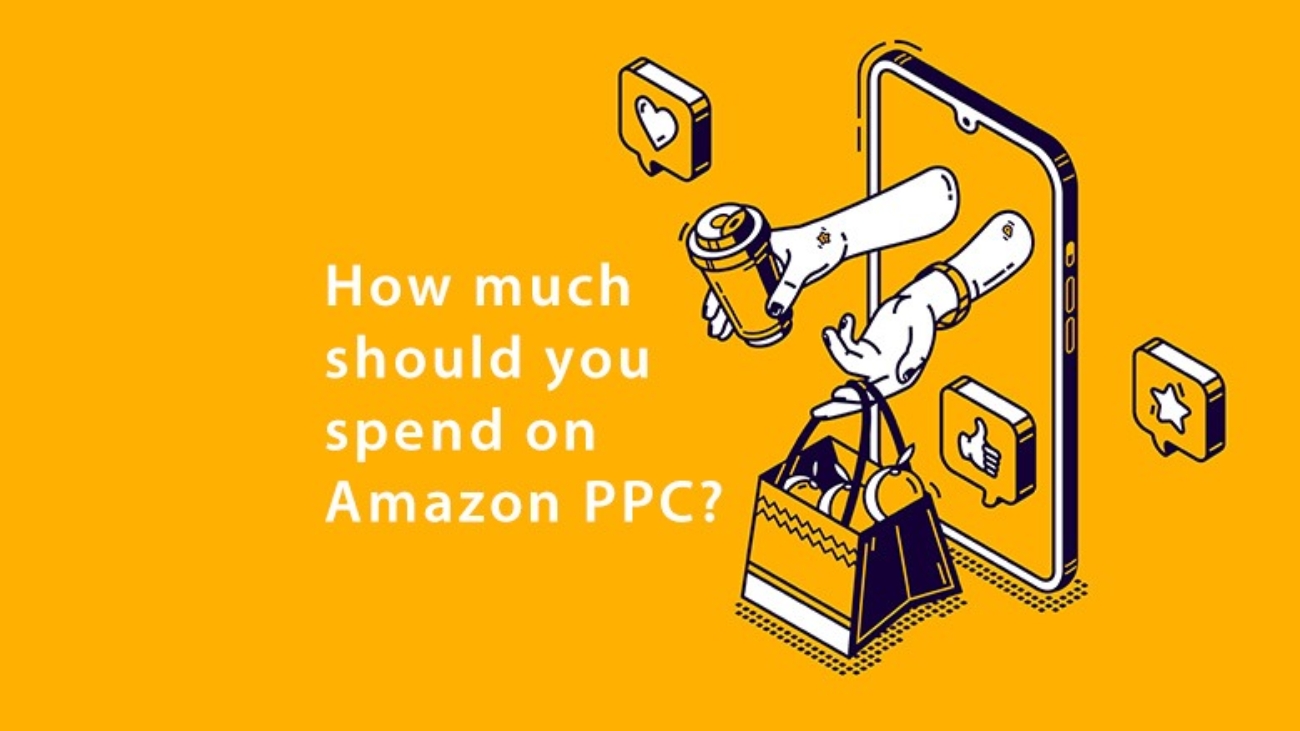When you are selling on Amazon, the most important thing is your listings. If you
don’t have a reliable and fancy listing, the money you will spend for the ads will be
wasted. So before invest in ads, you need to perfect your listings.
There are some parameters that define your listing quality. The most important element on your listings is main image. You need to show your product on white ground (it is a must for Amazon) with the size of 1000×1000 pixels to use Amazon’s zoom capability. Zooming is a fancy feature that Amazon cares. This photo may contain the packaging or it might be the product it self but needs to be inviting for buyers. Your first focus should be making buyers to click on your product to show them detail listing page of your product. Amazon allows you to show first 7 photos (or 6 photos and 1 video) on the left side of the products’ main photo. More photos you added also can be seen by clicking a photo of the product but it is a very long shot so you should express your buyers with at least 7 photos.
The second most important parameter of your listing is title. It needs to have most important keywords including the brand name and every description the customer needs to know about the product to clicking on it. It is also important that you should target only the relevant buyers. If buyers click on your product but not end up with a purchase, that means you will be wasting your Ads investment and you will be decreasing your Ad Rank which might be costly in future PPC campaigns.
Amazon doesn’t allow products without bullet points to win the buy box. So, bullet points are the third important parameters of your listings. Bullet points need to be informative and explanatory while including important keywords.
As last but not least, you need to write a description for buyers to understand the product with details. But there is no benefit to having a keyword appear multiple times in a product description, so do not waste your energy.
Adding a video and creating A+ content for your products are important but another topic because seller must have a brand registry to implement these features.
There are some parameters that define your listing quality. The most important element on your listings is main image. You need to show your product on white ground (it is a must for Amazon) with the size of 1000×1000 pixels to use Amazon’s zoom capability. Zooming is a fancy feature that Amazon cares. This photo may contain the packaging or it might be the product it self but needs to be inviting for buyers. Your first focus should be making buyers to click on your product to show them detail listing page of your product. Amazon allows you to show first 7 photos (or 6 photos and 1 video) on the left side of the products’ main photo. More photos you added also can be seen by clicking a photo of the product but it is a very long shot so you should express your buyers with at least 7 photos.
The second most important parameter of your listing is title. It needs to have most important keywords including the brand name and every description the customer needs to know about the product to clicking on it. It is also important that you should target only the relevant buyers. If buyers click on your product but not end up with a purchase, that means you will be wasting your Ads investment and you will be decreasing your Ad Rank which might be costly in future PPC campaigns.
Amazon doesn’t allow products without bullet points to win the buy box. So, bullet points are the third important parameters of your listings. Bullet points need to be informative and explanatory while including important keywords.
As last but not least, you need to write a description for buyers to understand the product with details. But there is no benefit to having a keyword appear multiple times in a product description, so do not waste your energy.
Adding a video and creating A+ content for your products are important but another topic because seller must have a brand registry to implement these features.





